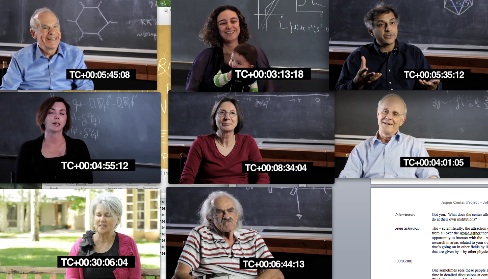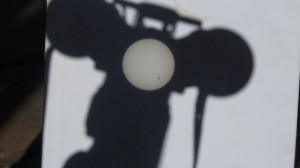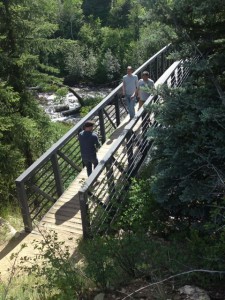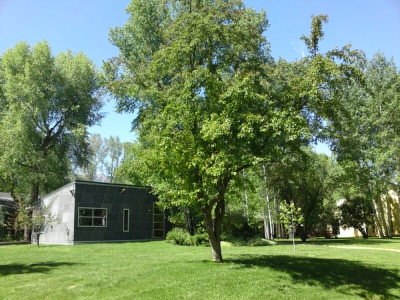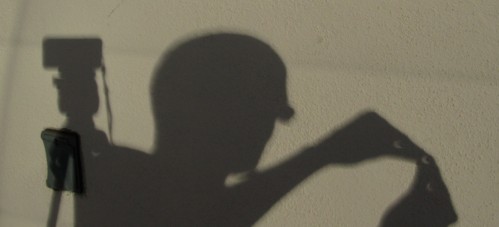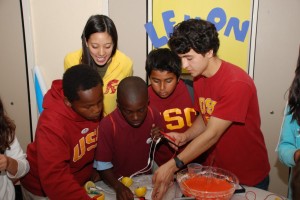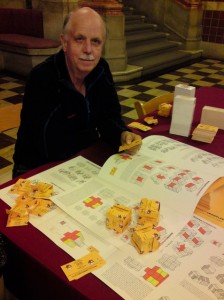Voice of God
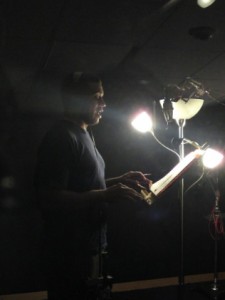 With the Aspen Center for Physics film almost completed (see several earlier posts, e.g. here, here, and here), various things get set in stone once and for all, so that other things can be built on top of them. At some point, I had to be certain of the final form of the voice over, so that Dave (the editor) can lay it in and time various transitions around it. This was done on Friday along with a huge rewrite of the whole film script, and lots of work on picking b-roll footage and other material to illustrate the film and create atmosphere. Once my co-producer/director Bob had glanced at it and made some helpful remarks (always good to have more eyeballs to spot any mistakes that could get frozen in) I was ready for Monday’s exercise – recording the final voice work. No turning back, no second chances, since we need to deliver the film this week.
With the Aspen Center for Physics film almost completed (see several earlier posts, e.g. here, here, and here), various things get set in stone once and for all, so that other things can be built on top of them. At some point, I had to be certain of the final form of the voice over, so that Dave (the editor) can lay it in and time various transitions around it. This was done on Friday along with a huge rewrite of the whole film script, and lots of work on picking b-roll footage and other material to illustrate the film and create atmosphere. Once my co-producer/director Bob had glanced at it and made some helpful remarks (always good to have more eyeballs to spot any mistakes that could get frozen in) I was ready for Monday’s exercise – recording the final voice work. No turning back, no second chances, since we need to deliver the film this week.
While I’ve directed a bit before, I’ve not ever had the chance to direct a hugely experienced star actor, so this was going to be a blast! A while back, over food and drink at a party, my friend Harry Lennix (who loves contemporary physics – that’s in fact why we met, years ago) had generously agreed to do the voice narration for this project, and I was very pleased since it was his voice I had in mind since late August […] Click to continue reading this post

